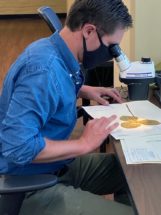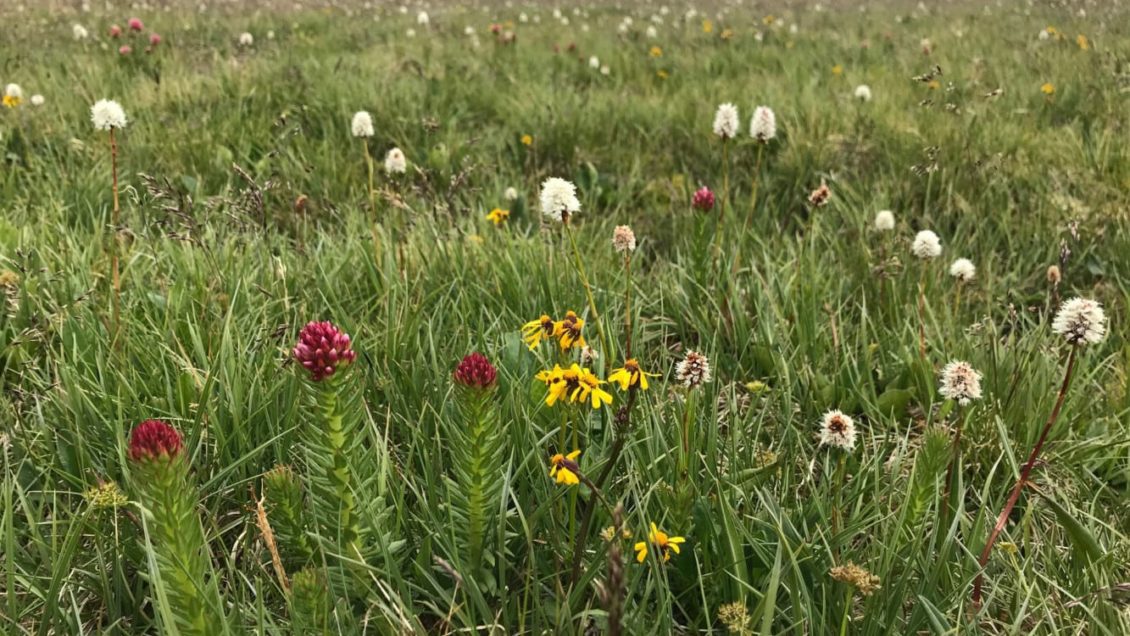
CLEMSON, South Carolina – Clemson University scientist Matthew Koski’s collaborative research demonstrating that flower color has responded to rapid degradation of the ozone layer over the past 75 years was recently published in the journal Current Biology.
The paper, titled “Floral pigmentation has responded rapidly to global change in ozone and temperature,” discusses how changes in flower color can influence the behavior of pollinators, which have UV photoreceptors that enable them to detect patterns not visible to human eyes. The paper’s other authors are Drew MacQueen of the University of Virginia and Tia-Lynn Ashman of the University of Pittsburgh.
During the course of their research, Koski and his team concluded that UV-absorbing pigmentation of flowers increased globally over the past three quarters of a century. In addition, pigmentation increased with ozone decline in flowers that had pollen exposed to ambient UV, while pigmentation declined with temperature rise in flowers that had pollen shielded by petals. They also concluded that rapid floral pigmentation responses to global change might impact pollination in a potentially negative fashion.

Koski traveled across Europe, Australia and North America to obtain data from pressed plant specimens collected from the 1940s to the present day in order to measure how flowers have changed in UV-absorbing pigmentation over time. Koski also linked those specimens to ozone levels and temperature when plants were collected in order to better understand the drivers of pigmentation change.
“We found that some species increased in pigmentation over time, but some showed little change or even declined in pigmentation over time,” said Koski, an assistant professor in the College of Science’s Department of Biological Sciences. “To understand why species differed in their responses to global change, we looked at the amount of ozone and temperature change experienced by each species over time, which varied quite a bit.”
Species that experienced larger declines in ozone were linked with larger increases in UV pigmentation. This was because UV exposure increases as ozone declines. In addition to ozone depletion, Koski found that climate warming also drives pigment change, specifically in species that have pollen concealed within their petal tissue.

By continuing this study, Koski and his lab – which includes graduate student Cierra Sullivan – are working to answer four primary questions in relation to this research: 1) Is floral UV pigmentation likely adapting rapidly to environmental change or is it responding transiently to fluctuations in UV exposure? 2) Which chemical compounds within the flower are responsible for UV absorption? 3) How does global change impact flower color in the human-visible spectrum? 4) How do changes in UV pigmentation affect pollination?
Koski’s work provides evidence that anthropogenic climate change is affecting floral UV coloration.
“This has implications for plant reproduction of both native wildflowers and domesticated crop species that have UV floral patterning like canola and sunflowers,” Koski concluded. “Altered UV floral coloration has the potential to disrupt pollination services.”
Get in touch and we will connect you with the author or another expert.
Or email us at news@clemson.edu

